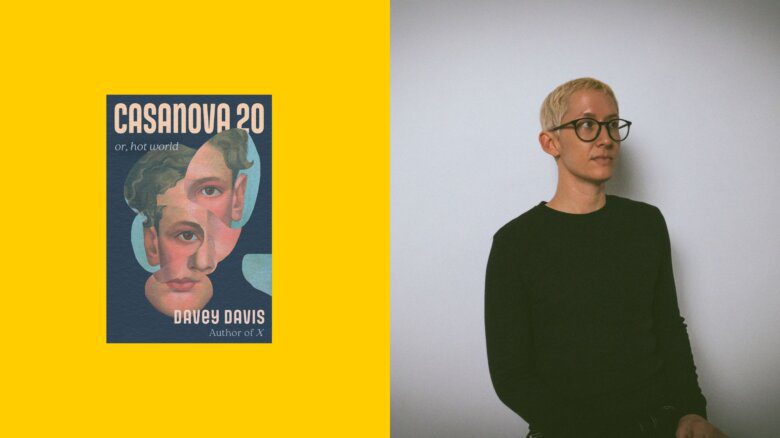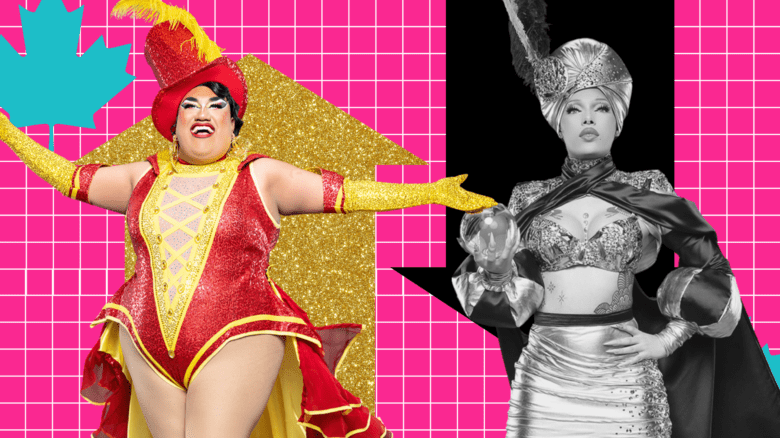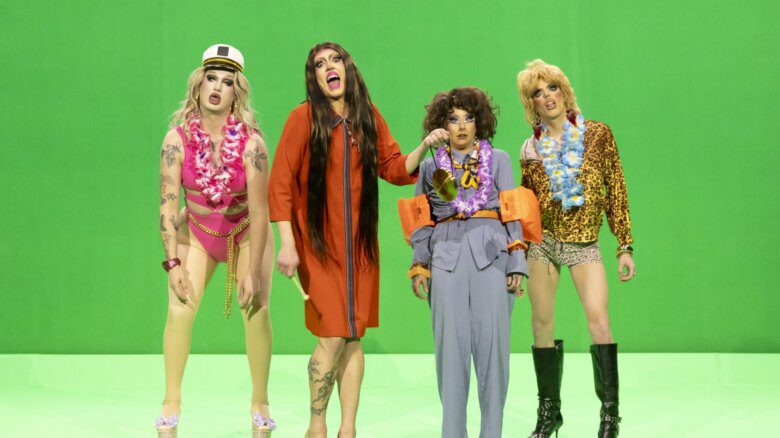“I write when I see injustice,” says 28-year-old d’bi young. “I also write when I need to celebrate.”
In the past five years this powerhouse has performed in and written seven plays, recorded four CDs, produced a film and been on TV’s Lord Have Mercy. Now she’s launching her first book, Art On Black.
Some of young’s poems can be seen as scripts for performance, indeed several were part of her various plays and recordings. Young is as gripping on the page as she is performing; she holds her own as a text-based writer.
“If I can access the story on the page, then that’s good. If I can access the story on the stage then that’s good,” she says. “How each person experiences each of those spaces is dependent on their life experience.”
But young questions the primacy given to publishing: “All of a sudden you become an authority on something. Which goes to show that classism is alive and well. I try not to limit how I create. I have to admit though that I like writing aloud and oral tradition is what I prefer.”
Much of Art On Black is dub poetry, a political and rhythmic Jamaican form; it’s also written in “Jamaica nation language.” For those unfamiliar with dub, reading is a good introduction. It’s similar to experiencing Irvine Welsh’s Scots in Trainspotting: You may need subtitles for the movie, but the book poses no such challenges. Young’s writing is often phonetic, giving clear indication of both meaning and pronunciation.
With young (as with Welsh), nonstandard pronunciation, grammar and spelling is neither dialect nor stylistic device, but instead an assertion of language as power.
“In the Jamaican context the use of nation language in dub poetry is a direct resistance to racist, classist, misogynist colonial oppression… it is a revolutionary act and a liberational act. Its use is particularly necessary in creating dialogue around the legitimization and validation of people’s hybrid expressions. Imperialism has not disappeared so it remains important that we celebrate the ways in which we resist enslavement by writing in our languages.”
Art On Black isn’t all dub. There are also succinct and meditative pieces, some almost haiku-like. Young shifts easily from the vernacular to the sublime. She delivers a long narrative grounded in a naturalistic lyric, then flies off into the abstract.
Also notable in a first book of poetry is that young moves beyond the confessional first person to embody other experiences. She has equal grace with truth and fiction, a talent that takes many poets decades to master.
If you’re torn between reading or watching young, you can do both for the launch of Art On Black. She’ll be performing with her band, dubbin.revolushun.gangstars, as well her mother Anita Stewart and Lillian Allen.
“As a young queer black woman, to know that Lillian Allen came years before talking about similar issues, grounds me in the knowledge that I am a part of a long legacy of resistance and storytelling.
“I grew up watching my mother tell stories. The biggest lesson mom taught me was integrity. No matter how poor, how alienated, how other you are, you always have the choice to act with integrity.”

 Why you can trust Xtra
Why you can trust Xtra


